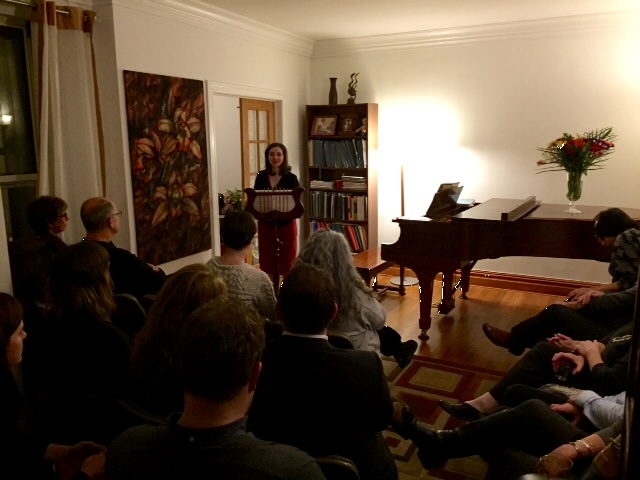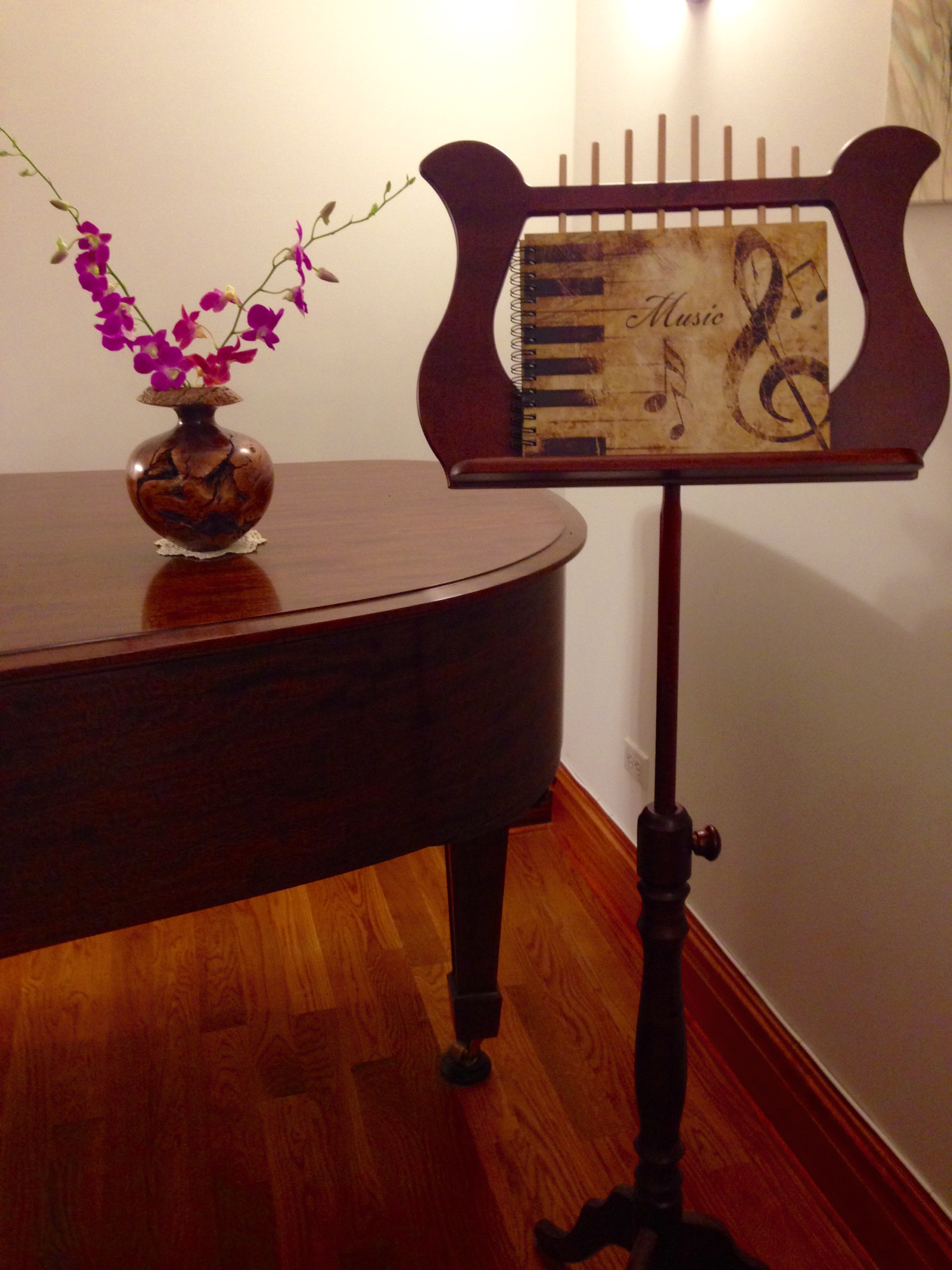Happy Endings: Two Sonatas for Cello and Piano by Beethoven & Brahms
This afternoon’s program will feature two of the greatest masterpieces for cello and piano – Beethoven’s Sonata no. 2 in G minor, op. 5, no. 2 and Brahms’s Sonata no. 2 in F Major, op. 99.
Beethoven’s Sonata for cello and piano in G minor, opus 5, no. 2 belongs to the composer’s Early Period. It was written in 1796 in Berlin, and dedicated to the King of Prussia. It follows its sibling sonata, opus 5, no. 1 in F Major, albeit this time around, written on a more intellectually impressive, grand scale. It consists of just two movements. The first – one of the longest sonata movements Beethoven ever composed – begins with a slow, solemn introduction in G minor, with its austere French Overture dotted-rhythms, full of startling dynamic contrasts and mysterious rests, which segues into the main body of the work, Allegro. This energetic first movement, cast in the sonata allegro form, features two contrasting themes – the first in G minor, dramatic and full of angst, the second in relative B-flat Major, leisurely and graceful – and ends, surprisingly, in G Major. The second movement that follows is a charming, lightweight, bucolic Rondo in G Major, written in a popular style of a contre-danse, which anticipates the G-major Fourth Piano Concerto in its light-hearted and rather playful mood and its beginning on the dominant rather than the tonic.
Brahms’s Sonata no. 2 for cello and piano in F Major, op. 99, unlike Beethoven’s early opus 5, no. 2, belongs to the composer’s mature, Late Period of composition. Written in 1886, around the time of Brahms’s Sonata no. 2 for Violin and Piano, op. 100 and Piano Trio no. 3 in C minor, op. 101, it is cast in a large-scale, four-movement design. It begins on a grand note, in an almost orchestral manner with a continual tremolo in the piano part heard against sustained notes in the cello. Structured as an expansive, sonata allegro form, the first movement is technically and expressively demanding throughout for both players alike. The second movement, a poignant Adagio affetuoso, explores the remote region of the Neapolitan key, being cast in a remote and unusual F-sharp major tonality, with the cello’s delicate pizzicato melody heard against the supporting, chordal piano part. Toward the middle section, there is a moment of escalating anguish, albeit brief, dispelled with the soothing reprise of the opening music. The third movement, Allegro appassionato, exemplifies Brahmsian scherzo in the appassionato key of F minor, quite reminiscent in its angst and relentless drive to his earlier Sonatensatz in C minor for violin and piano. The contrasting F-major Trio subtly revisits the remote region of F-sharp Major before the Scherzo returns to round off the movement. Following all the great emotional drama of the preceding three movements, the Sonata rounds off on a surprisingly anticlimactic, gentle and lighthearted, note with a Rondo in F Major – similar in its jovial mood to the Rondo that concludes Beethoven’s G-minor Sonata, opus 5, no. 2 – that propels the finale to its rejoicing conclusion.
– Program Notes by Yelena Grinberg





